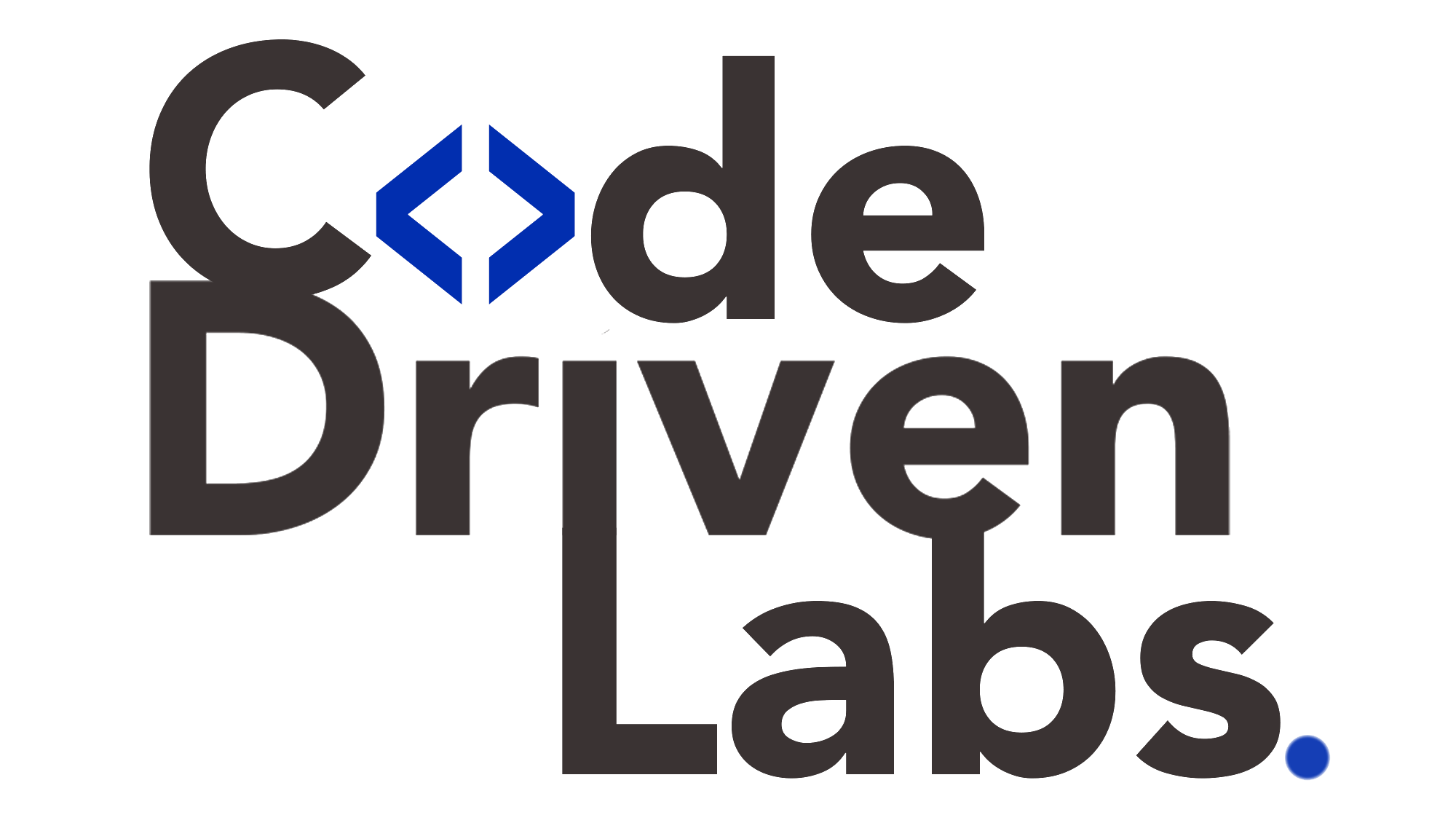The Traditional Web Development Lifecycle
Traditionally, website development has followed a linear process:
-
Planning and Design – Gathering requirements, designing layouts, and creating user flows.
-
Development – Writing front-end and back-end code manually.
-
Testing – Manually checking for bugs, performance issues, and cross-browser compatibility.
-
Deployment – Publishing the website to servers.
-
Maintenance – Applying updates, fixing bugs, and optimizing performance.
While effective, this process is time-consuming, resource-intensive, and prone to human error. AI is now disrupting this cycle by introducing automation, intelligence, and adaptability.
How AI Is Transforming Website Development
1. AI in Website Design
Designing a visually appealing and user-friendly website has always been challenging. With AI, design is becoming more data-driven and efficient.
-
Automated Design Tools: AI tools can generate design layouts based on content, brand colors, and business goals. Platforms like Wix ADI and Figma’s AI plugins suggest optimal designs automatically.
-
User-Centered Experiences: AI analyzes user behavior and heatmaps to optimize designs for better engagement and conversions.
-
Accessibility: AI-driven tools automatically adjust contrast, typography, and layouts to meet accessibility standards like WCAG.
2. AI in Content Creation and Management
Content is the heart of any website. AI tools simplify content creation and optimization:
-
Content Generation: Natural language processing (NLP) models generate blog posts, product descriptions, and FAQs tailored to user intent.
-
SEO Optimization: AI platforms recommend keywords, structure content for readability, and optimize meta tags for higher rankings.
-
Personalization: AI algorithms display personalized content to users based on browsing history and behavior, boosting engagement.
3. AI in Front-End and Back-End Development
AI accelerates development by automating repetitive coding tasks.
-
Code Generation: AI-powered coding assistants can write HTML, CSS, and JavaScript snippets, reducing manual effort.
-
Error Detection: Machine learning models scan code for potential errors or vulnerabilities before execution.
-
Scalable Architecture: AI optimizes server configurations and database queries to improve site performance.
4. AI in Testing and Quality Assurance
Testing is one of the most time-consuming phases of web development. AI revolutionizes this stage by making it faster and smarter.
-
Automated Testing: AI-driven testing frameworks conduct regression, performance, and cross-browser tests with minimal manual intervention.
-
Predictive Analytics: AI predicts where bugs are most likely to occur based on historical data.
-
Visual Testing: AI checks UI consistency across multiple devices and screen resolutions.
5. AI in Deployment and Monitoring
Deployment is no longer a one-time event but an ongoing cycle of monitoring and optimization.
-
CI/CD Integration: AI streamlines continuous integration and deployment by automating build pipelines.
-
Anomaly Detection: AI-powered monitoring tools detect unusual traffic patterns or potential cyberattacks in real time.
-
Performance Optimization: AI continuously analyzes site speed, uptime, and server health, suggesting improvements instantly.
6. AI in Security and Compliance
With the rise of cyberattacks, security is a critical element of web development. AI strengthens security at every level.
-
Threat Detection: AI identifies malware, phishing attempts, and suspicious activities.
-
Authentication: AI enhances user authentication with biometric verification and anomaly detection.
-
Compliance Automation: AI ensures that websites comply with standards like GDPR and PCI-DSS through automated checks.
Benefits of AI in Website Development
-
Speed and Efficiency: AI accelerates design, development, and testing cycles.
-
Cost Reduction: Automating tasks lowers development and maintenance costs.
-
Improved User Experience: AI personalizes interactions and ensures smooth performance.
-
Enhanced Security: Continuous AI monitoring safeguards against evolving threats.
-
Scalability: AI ensures websites adapt seamlessly to higher traffic loads.
How Code-Driven Labs Enhance AI in Website Development
While AI offers transformative benefits, implementing it effectively requires robust infrastructure. This is where code-driven labs play a pivotal role.
Code-driven labs are advanced testing and development environments that combine automation, scalability, and intelligence. They help businesses leverage AI in website development across all stages:
1. AI-Enhanced Design Validation
Code-driven labs allow developers to test AI-generated designs across devices, browsers, and resolutions. This ensures that automated layouts remain visually consistent and accessible.
2. Automated Testing at Scale
Labs integrate AI-driven automated testing pipelines that cover functionality, security, and performance testing. Every code update undergoes rigorous validation, reducing the risk of bugs in production.
3. Continuous Integration and Deployment
With code-driven labs, AI models integrate seamlessly into CI/CD workflows. Websites can be deployed faster while ensuring quality, security, and compliance.
4. Real-World Simulations
Labs simulate real-world scenarios, such as high-traffic surges, cyberattacks, or device-specific issues. This helps AI-driven websites adapt and perform under diverse conditions.
5. Compliance and Security Validation
Code-driven labs automate compliance checks for standards like GDPR and HIPAA, while AI monitors security continuously. This dual approach reduces legal risks.
6. Feedback Loops for AI Models
As AI models evolve, code-driven labs provide real-time feedback loops, ensuring that websites improve continuously based on user behavior and performance metrics.
Business Advantages of Using Code-Driven Labs with AI
-
Faster Time-to-Market: Accelerated development cycles through automation.
-
Lower Costs: Reduced reliance on manual testing and development.
-
Stronger Security: Real-time monitoring and simulations protect sensitive data.
-
Compliance Assurance: Automated checks simplify regulatory requirements.
-
Enhanced User Experience: Continuous feedback ensures optimized performance.
The Future of AI in Website Development
The journey of AI in web development is only beginning. Looking ahead:
-
Generative Design: AI will autonomously create full websites tailored to business needs.
-
Conversational Interfaces: Chatbots and AI-powered assistants will dominate website interactions.
-
Voice and Visual Search: Websites will adapt to new forms of user input beyond text.
-
Predictive Development: AI will forecast development bottlenecks before they occur.
Businesses that combine AI innovation with code-driven labs will be at the forefront of the digital era, delivering websites that are not only functional but intelligent and future-ready.
Conclusion
AI is revolutionizing website development by streamlining design, automating content management, accelerating coding, and strengthening security. From concept to deployment, AI empowers businesses to build intelligent, scalable, and secure websites faster than ever before.
However, to truly harness the potential of AI, organizations need a structured environment that ensures quality, compliance, and security at scale. Code-driven labs provide that foundation, enabling automated testing, real-world simulations, and continuous monitoring.
In 2025 and beyond, the combination of AI and code-driven labs will define the future of website development—transforming static pages into dynamic, adaptive, and intelligent platforms that drive business growth and enhance user trust.
Would you like me to also create an SEO meta title, meta description, and keyword set for this blog so it’s fully optimized for search engines?

